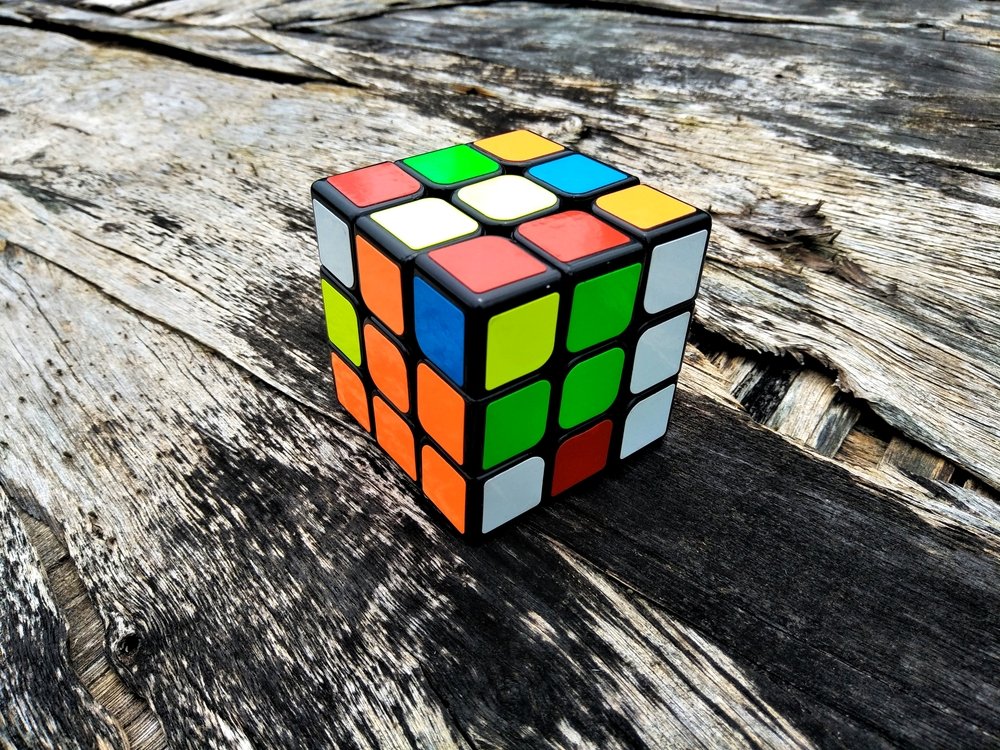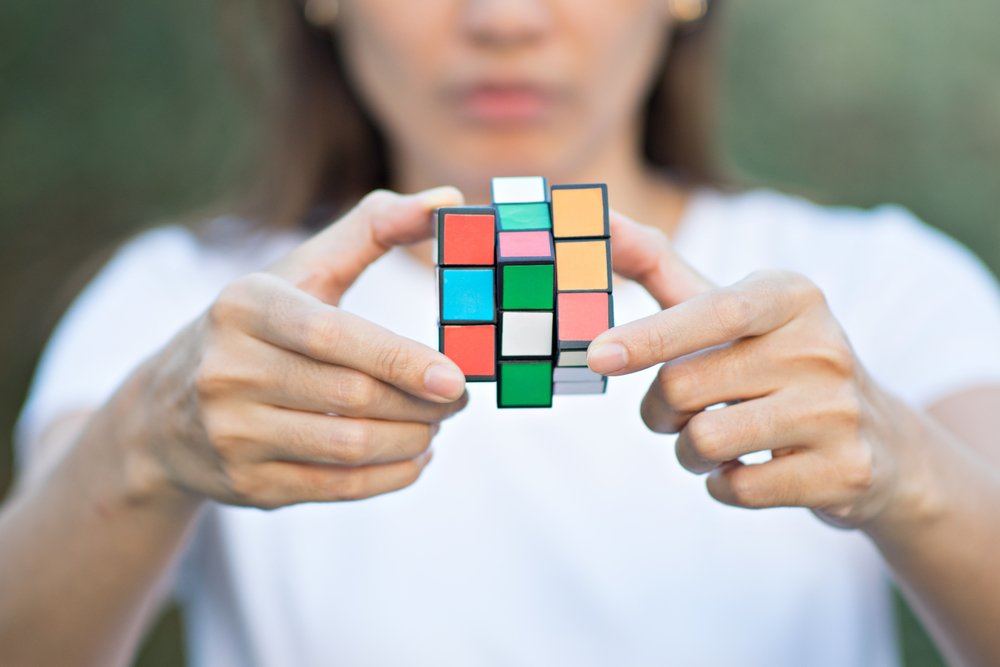Last Updated on January 25, 2024 by Gamesver Team and JC Franco

If you haven’t tried to solve a Rubik’s Cube, you’ve probably heard of someone who has—before the advent of the Internet and the ability to create tutorials, even completing one side was exceedingly difficult. There are plenty of myths, misconceptions, and superstitions associated with anything that poses a challenge and dilemma.
Rubik’s Cube creator Ernö Rubik may be surprised by the myths and stories people tell about his puzzle. Some of the below-mentioned myths might make sense for those unfamiliar with the puzzle and intimidated by its challenging solutions.
Because Rubik’s Cube is famous all over the world, the following superstitions range from deep conspiracy theories to just mathematical problems the Cube imposes.
These are 16 Rubik’s Cube misconceptions people made up:
1. Some people believe the Cube is impossible to solve.
Even though thousands of people have solved the Cube in front of an audience and cameras, there’s still a population that believes it is impossible to do it. They believe the ones that have been sold are just a fluke or forgeries to keep people searching for the solution.
2. Solving it by the sides.
It’s only a matter of minutes until you get frustrated because you can’t solve your Cube. Most people pick up a scrambled cube and can quickly solve one of the six sides. However, if you keep trying to solve it by the sides, you’ll probably end up throwing it through the wall. The right way to solve your Rubik’s Cube is by layers.
3. You have to be really smart.
That’s actually not the case. The truth is that you can learn how to solve the Cube and easily do it. What’s at stake in competitions is not your intelligence but how fast you can solve the puzzle, which is only achievable through practice. There are several different methods available, ranging from easy to professional.
4. You need to know math.
Why are people so convinced they need to be math geniuses to solve puzzles? The only thing you need to do is understand what you are doing and move the pieces. Some people use numbers and calculations for that, but it’s not necessary.
5. It’s a silly game.
Did you know Rubik’s Cube wasn’t even supposed to be a toy? It was created to show the intricacies of a three-dimensional object to architecture students. Also, Rubik’s Cube proved to have several cognitive benefits and hand-eye coordination since it became a popular toy. To play it, you must combine several skills, including patience, focus, endurance, creativity, and more.
6. Rubik’s Cube is magical.
Some people believe that the colors of the Cube can move independently, but that’s not true. The colors can’t move independently of the pieces they color. The only place where the Cube was magical was on the cartoon show Rubik, the Amazing Cube.
7. It’s challenging to solve because it has 43 quintillion possible configurations.
Although the Cube has this many combinations, it’s not why some people find it hard. A simple deck of cards has far more possible combinations, and no one thinks it is a complex toy. As you practice and learn how to solve a Rubik’s Cube, you’ll realize that it’s not the combinations that make it difficult.

8. You can solve it by reversing the scramble.
We’ve never heard of someone who was able to solve the puzzle by retracing their steps. But however you try to solve your Cube, it will take 20 moves at the most.
9. They are not the same; there are many solutions.
If you can solve one Rubik’s Cube, you should be able to solve all of them. All Rubik’s Cubes are solvable unless you are playing a variation or a knock-off. With that in mind, it’s important to consider that there are 43 quintillion possible configurations, but just one solution.
10. Once you find the solution, you lose interest.
That is just a bunch of lies. It would not be the world’s best-selling toy or welcome thousands of people in competitions if one lost interest while solving Rubik’s Cubes. After figuring out how to solve the puzzle, the next challenge is to do it in the shortest time possible.
11. It’s repetitive.
Much on the contrary. The main method of solving the Rubik’s Cube features four steps: the first two being entirely intuitive and the other two containing 78 different cases, each with their own algorithms.
12. You can solve it by peeling the stickers.
Although it is very tempting to just peel the stickers and bring your Rubik’s Cube to its original configuration, it doesn’t work. After hours, days, and even months trying to solve it, we know you are feeling frustrated. But once you peel the stickers, it is tough to glue them back, and they might even tear in the process. You’re better off watching a tutorial online.
13. The center moves around.
This is actually a visual illusion. It’s not the center that moves around; all it does is rotate so that the pieces can switch places.
14. Scrambling in secret.
Some people believe that a person needs to know how the Cube was scrambled to solve it. This is not true since not only would you need a good memory, but a person who knows how to solve a puzzle can do it regardless of how it’s scrambled.

15. It’s a bad fad.
Conspiracy theory enthusiasts say the Rubik’s Cube was just another capitalistic strategy to control people’s behavior. Around one hundred million cubes were sold in the first two years of its launch, even though many had no idea how to solve it. Some say fads are a way capitalism uses to check their influence over people, so the whole Rubik’s Cube hype was another tool used for that.
16. Rubik’s rage.
It’s true that Rubik’s Cube players often get frustrated. Still, Rubik’s Rage is not a medical condition, contrary to what some people believe. It’s completely normal to feel like throwing your Cube through the wall, smashing it, and yelling at it due to frustration and anger. So don’t go booking an appointment with a psychiatrist just because you went mad over a plastic cube.
In closing
It’s been many decades since the Rubik’s Cube was invented, and it still challenges people around the world, testing their endurance, patience, and focus. The cubers’ crowd is large and diverse, and the toy has intrigued scholars and ordinary people alike.
Solving a Rubik’s Cube brings people a great sense of accomplishment. Despite these myths, fans love solving the puzzle. Its challenges have prompted new players to try their hand at it all the time. This game is suitable for all players, whether they are new or experienced players. Don’t let any of these myths stop you from enjoying it.

